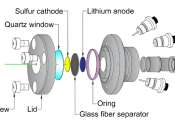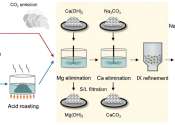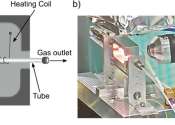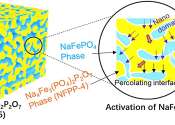Storing and utilizing energy with innovative sulfur-based cathodes
Electric vehicles and portable electronic devices such as laptops and mobile phones are unthinkable without lithium-ion batteries. The problem is highly toxic materials such as cobalt are often used for the cathodes of these ...
Apr 24, 2024
0
33









